Mumbai Woman Shares How to Grow 30+ Edible Plants in Apartment Balcony
Tomato, brinjal and beans to spinach, ginger and turmeric — all grown without any kind of chemical fertilizer or pesticides! #LiveGreen #GrowOrganic #MyGarden
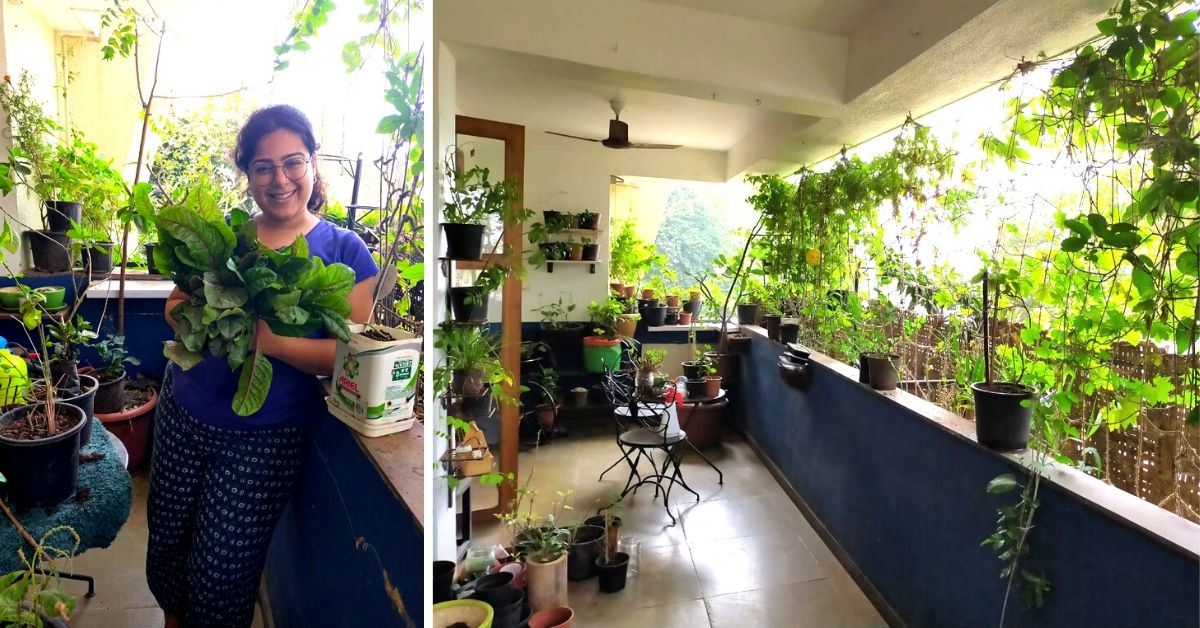
“Vegetables and fruits provide the best nutrition when they are consumed fresh. Markets are extremely unreliable and we do not know for how long our veggies have travelled or what kind of chemicals have been pumped into them. Ideally, veggies should be consumed within 48 hours of harvesting,” says Diipti Jhangini, a Mumbai-based woman who has been growing over 30+ edible plants in her 50 sq ft. balcony for the past eight years!
Diipti believes that in these times of the lockdown, growing one’s own food has become extremely important. She says that during the lockdown, she has a constant supply of fresh veggies, all thanks to her balcony garden.
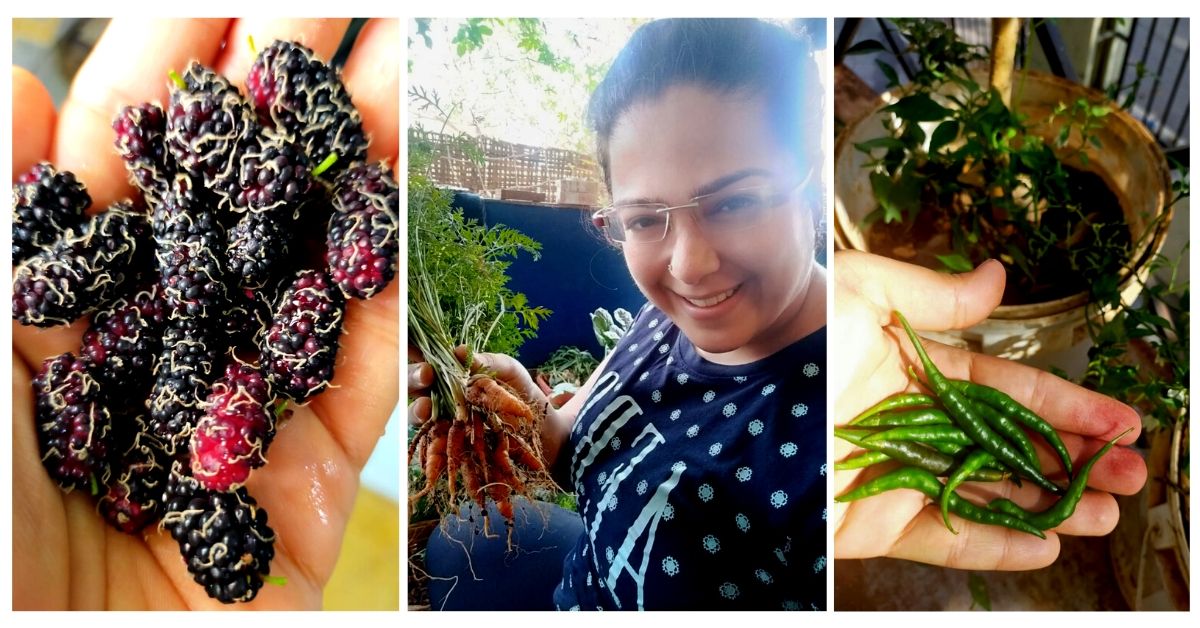
“Some of the vegetables include tomatoes, brinjal, bitter gourd, beans, ginger, turmeric, about three different varieties of spinach among others. I use fresh compost, and add no chemical fertilisers and pesticides,” informs the 34-year-old who has now turned her passion into a professional endeavour.
Diipti founded her startup, ‘Edible Gardens’ in November 2017 under which she helps her clients set up a kitchen garden. The largest edible garden that she’s set up is on 1200 sq feet and the smallest is in a box window grill.
“In the past two and a half years, I have set up about 20 edible gardens. I have also conducted about 15 workshops on home gardening and growing one’s own food for corporates as well as groups,” says the ardent gardener.
How to Grow Your Own Edible Garden – Diipti Answers
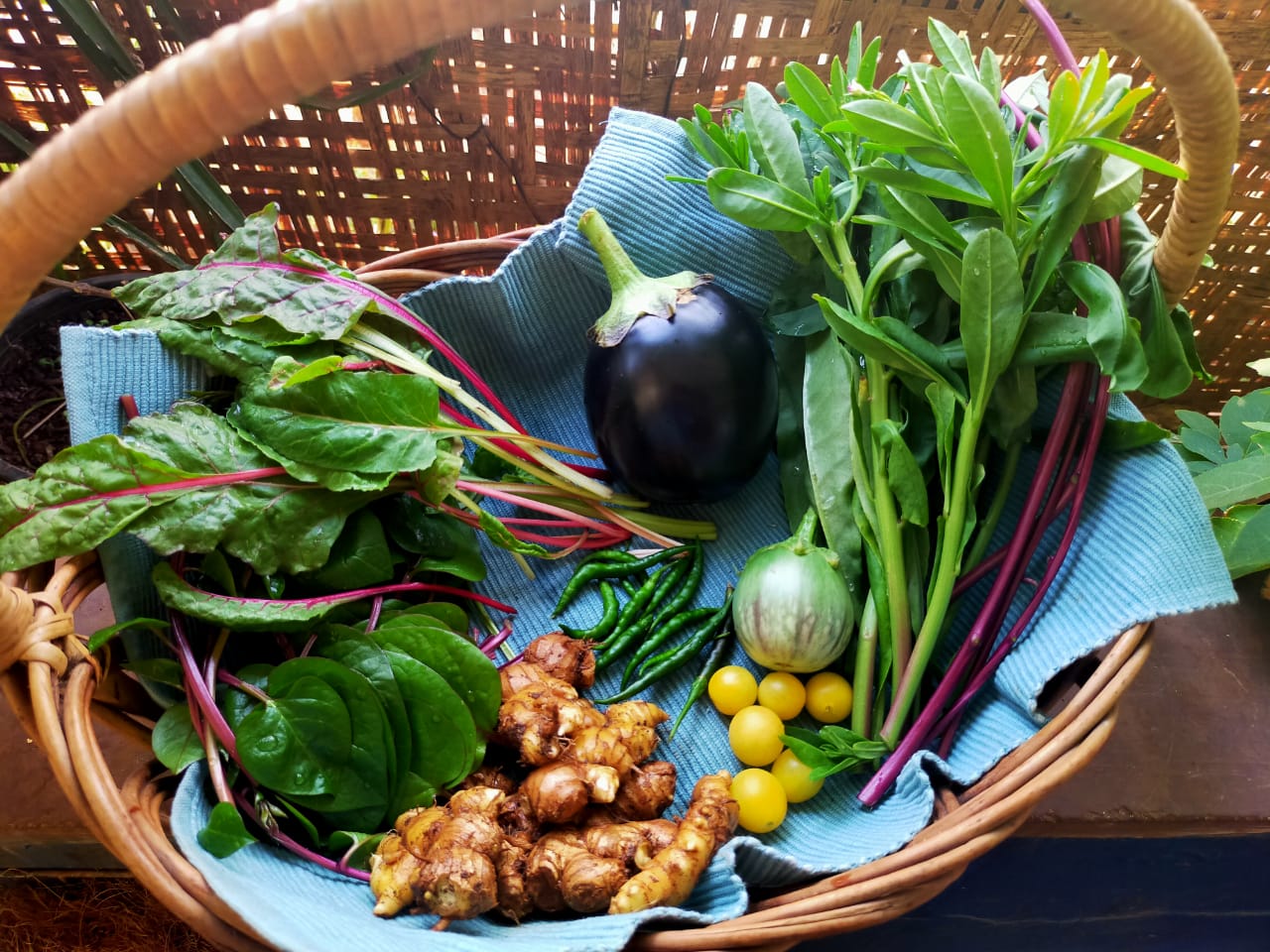
It is definitely easier for folks who have ample space and a backyard to grow their own Instagram-worthy food and eat it, but what about most of us living in our matchbox apartments? How do we find the space to grow organic veggies and fruits?
Diipti makes it all easy!
“In a box window grill space, we helped our client grow five basic edible plants like tomatoes, chillies, karela (bitter gourd), along with herbs like lemongrass and mint, and lastly, microgreens. While in the largest edible garden we have trees and crops together. There is a range of vegetables along with fruit trees like banana, papaya, mulberry to name a few,” she shares.
Bring out your notepad and pens as Diipti has some tips to share with you on growing your own edible garden using what you can find at home!

“I think one can start with growing microgreens at home as it is one of the easiest things to do. You can upcycle small plastic containers instead of discarding them,” she begins. You can use raw whole spices like mustard, fennel, sesame, methi seeds to grow these microgreens.
Things to keep in mind:
Fill up the container with soil
Spread the seeds evenly to ensure there is enough space for each to grow.
Spray water and keep it near your window sill.
If you do not have soil, you could also use cardboard or tissue paper as a medium.
“What you need to do is take the cardboard from a box and soak it for 24 hours in water. The next day, you take two pieces of the cardboard and sandwich the seeds between them. You will see the seeds germinate in 5 days. Spray water on the cardboard as it needs to remain moist. Ten days after sowing, these microgreens are ready to eat,” she says.
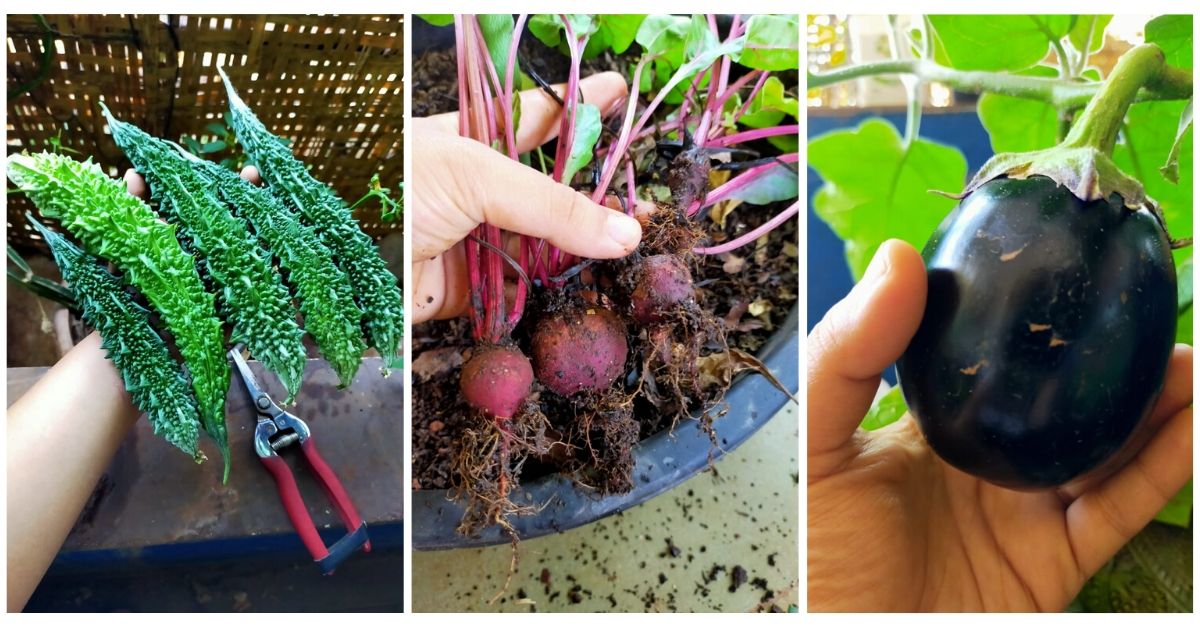
In case you are using tissue paper, you follow the same instructions except that it does not need to be soaked in water for a day but remember to keep it moist. In terms of sunlight, keep the seeds in the tissue near your window sill under indirect sunlight.
Here, Diipti mentions that one can also grow legumes like moong, rajma, chana, etc. With legumes that do not have a hard exterior, it is advised to soak them overnight and germinate them in a moist tissue paper and then plant them in soil. If the seed is a hard one, it can be directly planted in soil.
“What I do is I poke tiny holes in the soil and push the seeds one inch from the top. The same can be replicated when you are growing vegetables with hard seeds like muskmelon, pumpkin, and karela,” she says. One can also sow lemon seeds and tamarind in 20-inch pots.
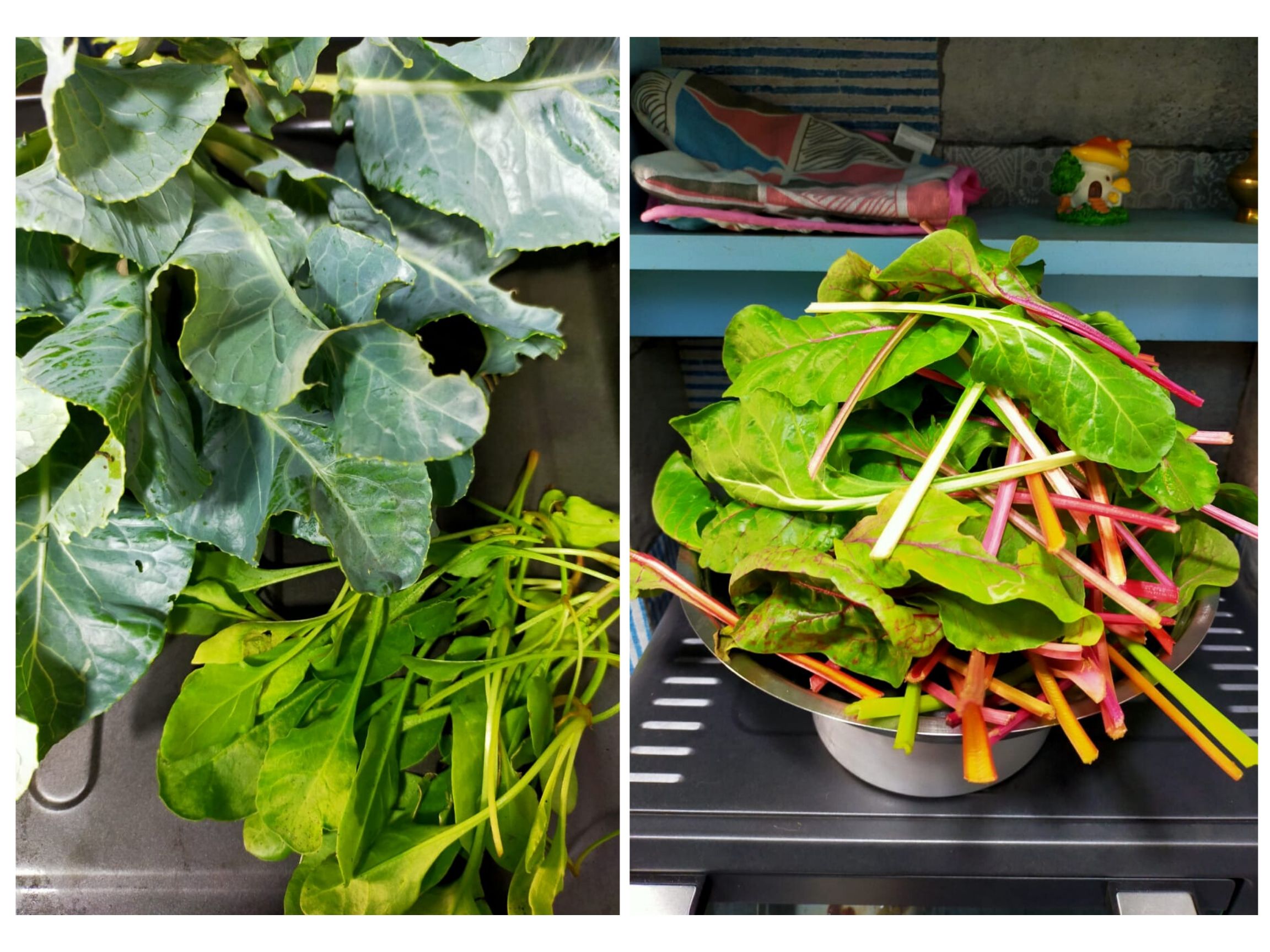
For veggies like tomatoes, chilli, and capsicum which have small seeds, it’s better to dry them in the sun before sowing them in a pot, she informs.
Furthermore, Diipti emphasises the importance of nutrition for the plants. She uses compost for her plants at least twice a month. If one is unable to prepare compost at home, they can follow this easy trick that is helpful.
“If you have vegetable and fruit peels at home, what you can do is put them in a blender. For one cup of the thick paste, add four cups of water. Use this mix to water your plants. Banana peels are especially good for this mix as it’s high in potassium,” she says.
In case of eggshells or fishbones, she advises to dehydrate them in a microwave or an oven first and then ground in the same manner. This is because these do not decompose too easily and plants take a long time to derive nutrition from them.
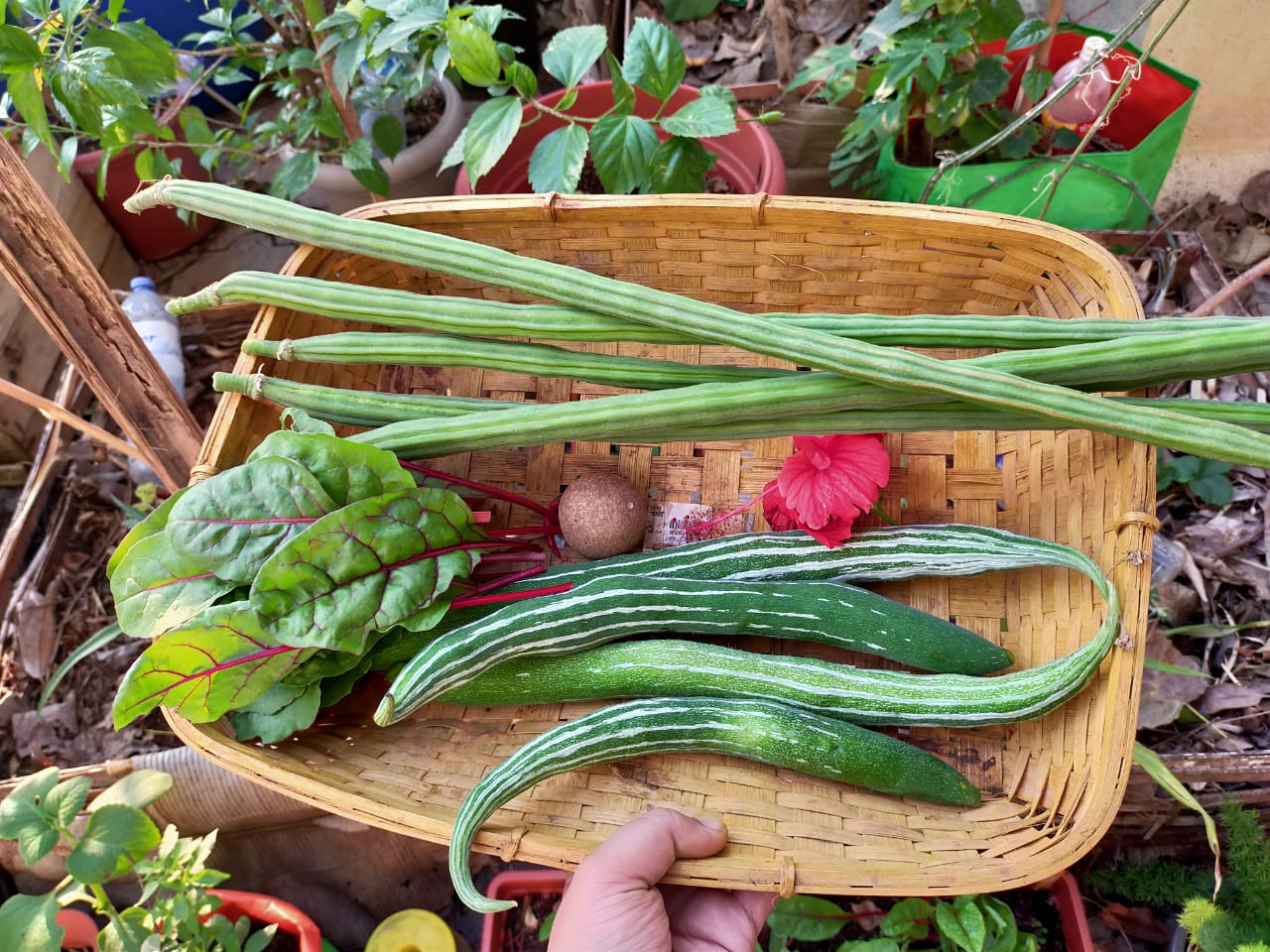
Lastly, she advises that these plants should receive ample amounts of sunlight and water everyday.
From a Journalist to an Urban Gardener & Entrepreneur
The expert gardener actually trained to be a journalist and graduated with a Bachelor’s in Mass Media (BMM) from Jai Hind College and a post-graduate diploma in Journalism from Flame University, Pune.
She then went on to work for media houses like Network18 and even freelanced with the Hindu, DNA, and Times of India. It was here that her journey towards a sustainable lifestyle began.
“I was regularly writing lifestyle features as a contributor. So, I would often interview changemakers and environmentally conscious individuals who were living an alternate lifestyle. Their work-related to waste management and recycling really inspired me to imbibe the same values in my life,” recalls Diipti.
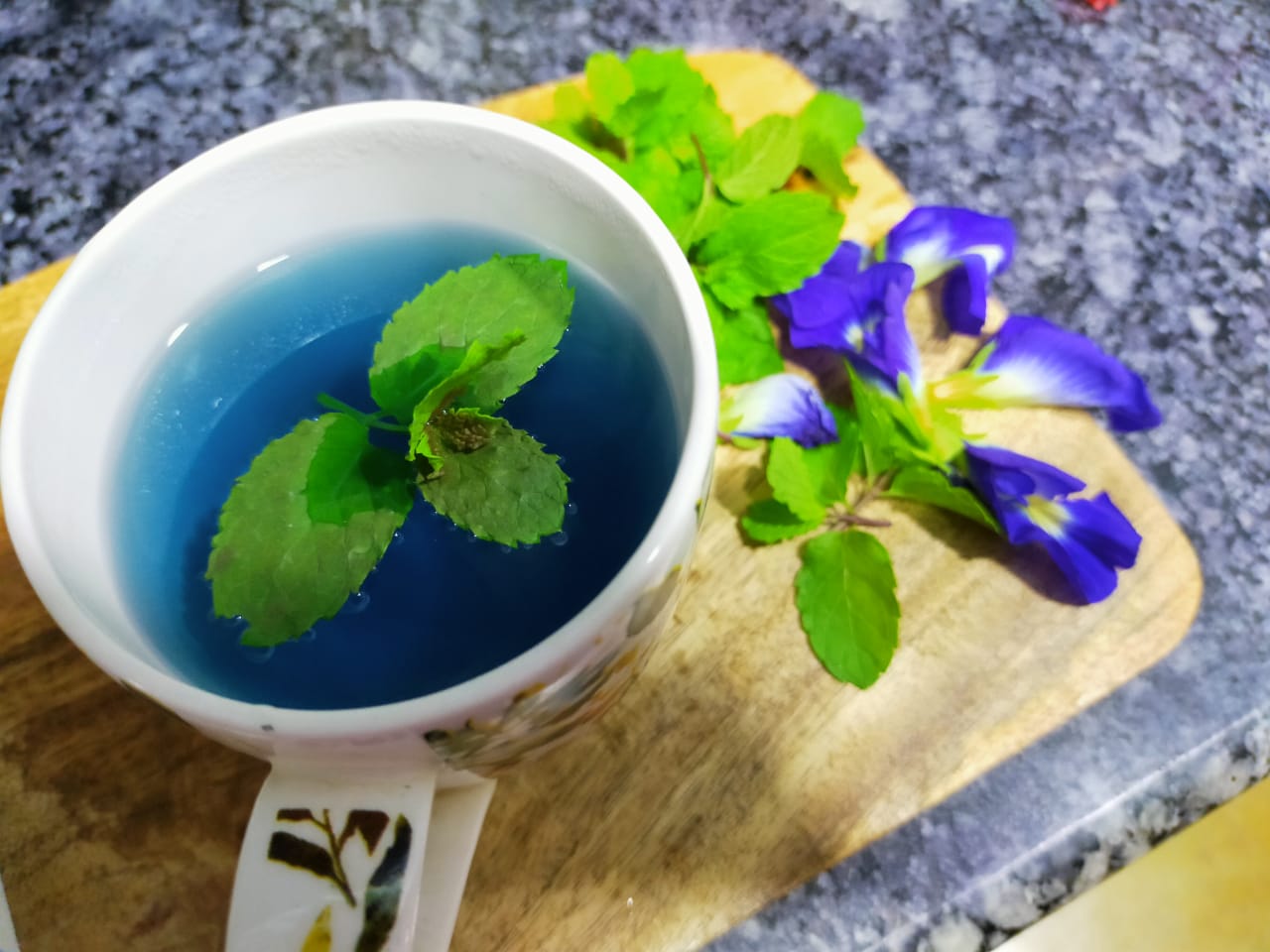
Once she had made up her mind to follow in the footsteps of these people, she knew that the first step would be to bring about change by starting at home.
“I would often go for my morning walks and I would closely look at what the garbage workers had to go through. They would have to separate people’s mixed up garbage into dry and wet waste without any kind of gloves or mask,” she says.
Diipti then decided to start composting her wet waste at home. She researched different methods and started the process by following the steps that she read about. A month later, she got fresh compost and the first instinct for her was to use it by setting up her own garden.
“I think using kitchen waste to grow food perfectly represents the circle of life,” she says. Consequently, Diipti also set up a larger kitchen garden in her apartment complex in addition to her existing balcony.
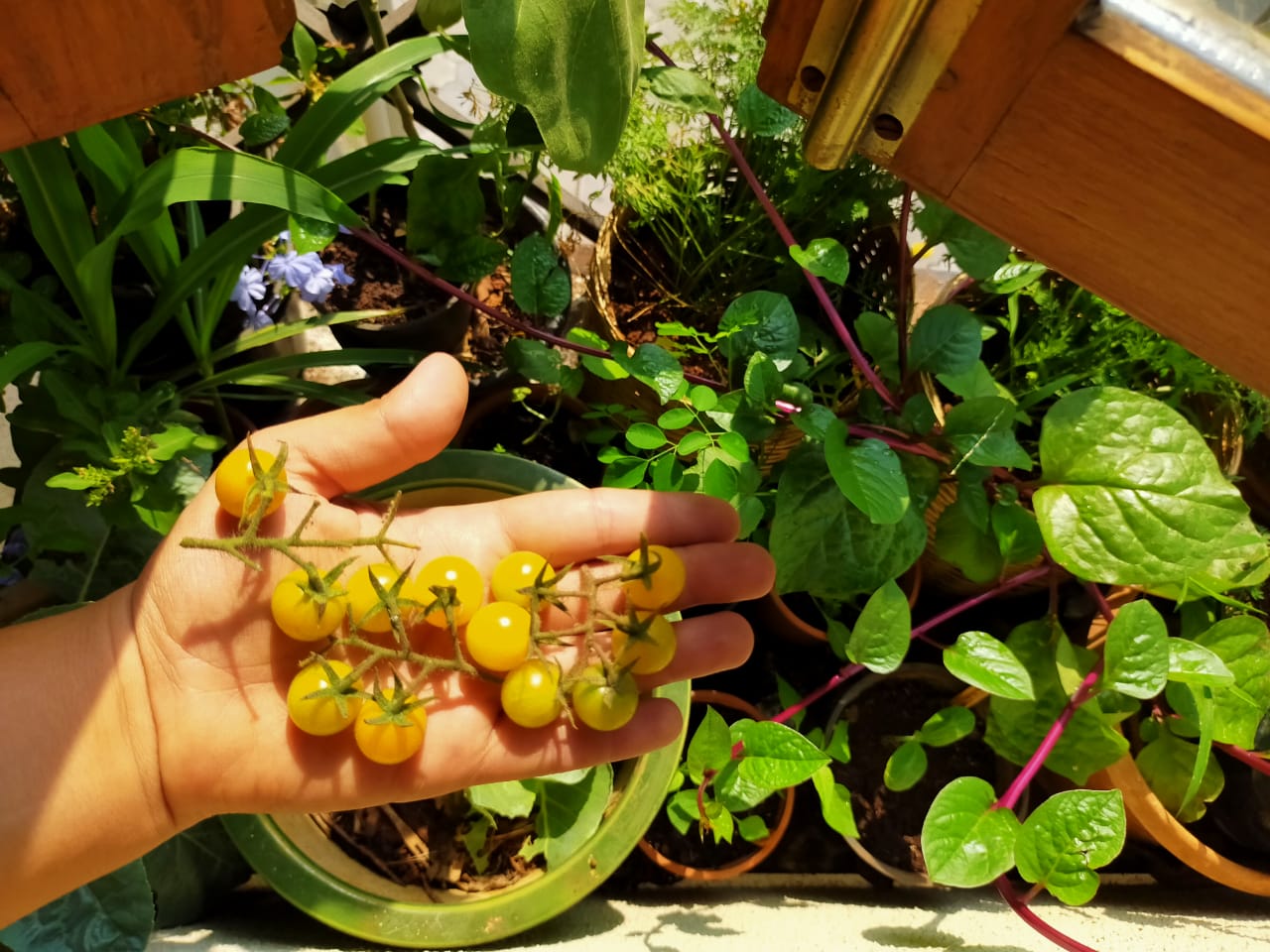
This garden is spread across an area of about 540 sq feet (50 sq meters) and has about 100+ vegetable plants, fruit trees, and medicinal plants. There are about 40 people who live in the apartment complex and they have been getting veggies from this kitchen garden. Diipti says that it gives her immense joy when these people tell her how they cooked the vegetables from the garden that she helped set up.
“I think there is no greater joy than eating fresh food that is grown with your own hands. It’s healthy and you have a regular supply without having to constantly worry about purchasing from the market. When I see the fresh harvest in front of my eyes, I experience a great sense of gratification,” she says.
As we are all spending our time at home nowadays, kitchens seem to have become the hotspots. Experienced cooks are whipping up a storm, amateurs like us are still finding our cautious way around boiling eggs and making rotis. I believe it is during times like these that people like Diipti can start a revolution for healthy eating. After all, if I had fresh veggies growing in my window sills, I could definitely turn around my sandwiches and salads to a more gourmet-ish feast!
Also Read: 3 Urban Gardeners Share Tips To Keep You Busy During COVID-19 Lockdown
(Edited by Saiqua Sultan)
Like this story? Or have something to share?
Write to us: [email protected]
Connect with us on Facebook and Twitter.
If you found our stories insightful, informative, or even just enjoyable, we invite you to consider making a voluntary payment to support the work we do at The Better India. Your contribution helps us continue producing quality content that educates, inspires, and drives positive change.
Choose one of the payment options below for your contribution-
By paying for the stories you value, you directly contribute to sustaining our efforts focused on making a difference in the world. Together, let’s ensure that impactful stories continue to be told and shared, enriching lives and communities alike.
Thank you for your support. Here are some frequently asked questions you might find helpful to know why you are contributing?


This story made me
-
97
-
121
-
89
-
167











